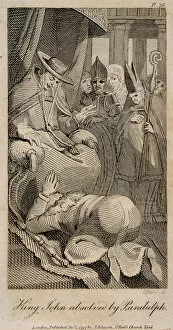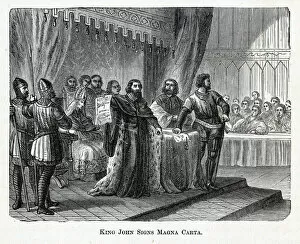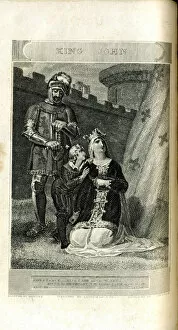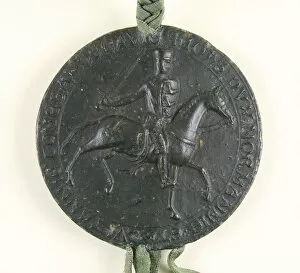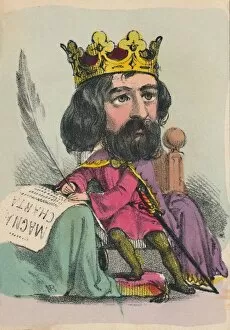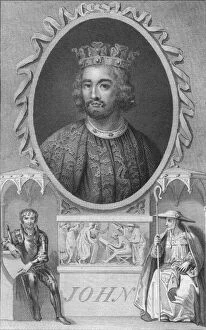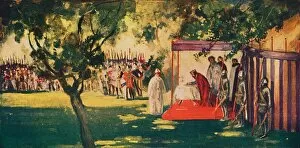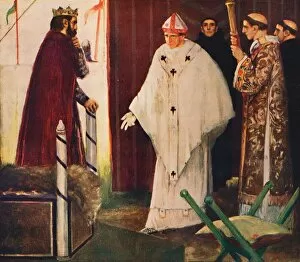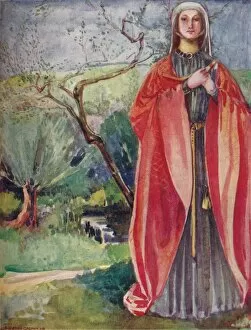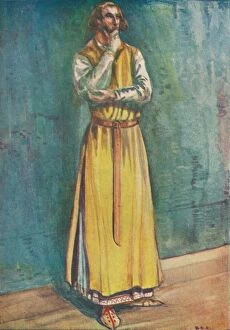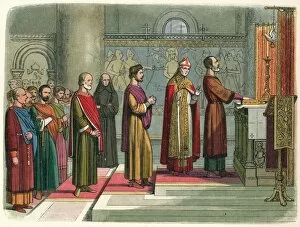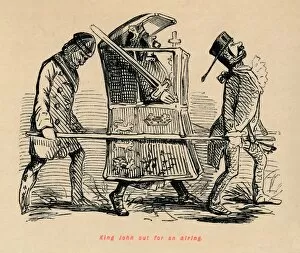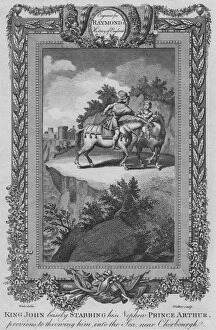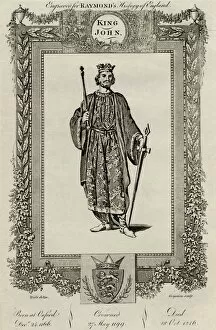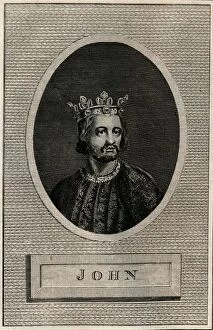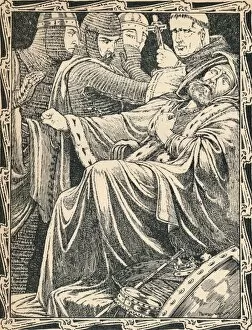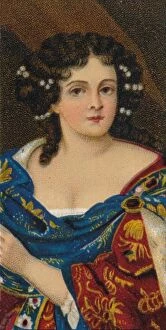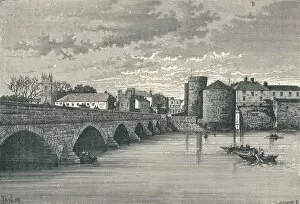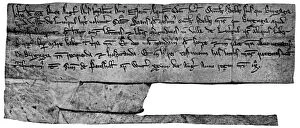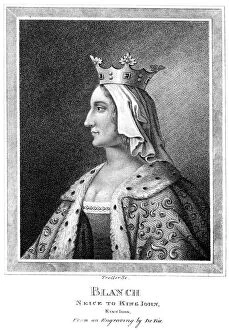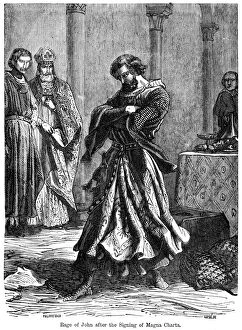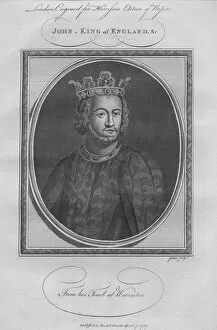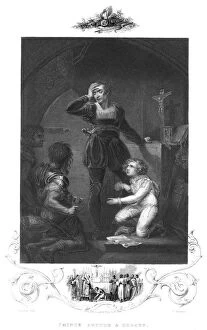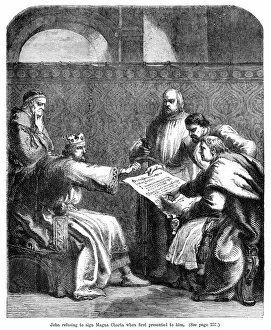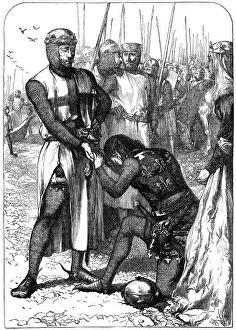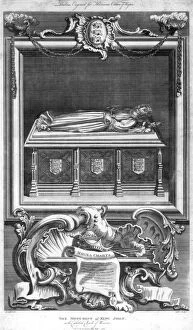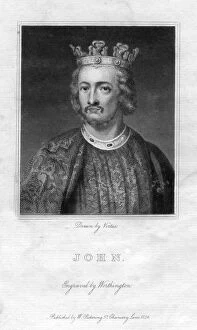King John Collection (page 5)
"King John: A Historical Legacy Reflected in Limerick's Scenic Beauty" Nestled along the majestic River Shannon
For sale as Licensed Images
Choose your image, Select your licence and Download the media
"King John: A Historical Legacy Reflected in Limerick's Scenic Beauty" Nestled along the majestic River Shannon, King John's Castle stands as a testament to the tumultuous reign of one of England's most infamous monarchs. Part of the Magna Carta preamble, King John left an indelible mark on history that still resonates today. In England, Newark's ancient castle fell victim to destruction during the civil war, but King John's Castle has stood strong for centuries, and is a reminder of the power and influence wielded by the Plantagenet dynasty, which included notable kings like Henry II and Richard I. Artistic renditions capture pivotal moments in King John's life. James William Edmund Doyle depicts Richard pardoning his brother in the 12th century, showcasing familial bonds amidst political turmoil. Goldar’s portrait from 1787 immortalizes this controversial ruler with regal elegance. Crossing over to Ireland, County Limerick proudly boasts its own connection to King John through St. Johns Castle and its reflection upon the tranquil River Shannon at sunset. The view from Thomond Bridge offers a breathtaking panorama that encapsulates both history and natural beauty. Limerick City Marina provides another vantage point where one can admire not only King John’s Castle but also Saint Mary’s Cathedral against a stunning backdrop of vibrant hues as daylight fades into twilight. The Flight of Wild Geese Fountain serves as a poignant symbol of heritage while harmoniously blending with King John’s Castle at sunset - an enchanting sight that captures both past and present within County Limerick. As day turns into night, visitors are treated to an ethereal ambiance surrounding this historic landmark – King John’s Castle bathed in soft golden light against the shimmering waters of River Shannon; it is truly a sight worth beholding. So come immerse yourself in history and nature alike; let your senses be captivated by the allure of King John's Castle and its picturesque surroundings.

